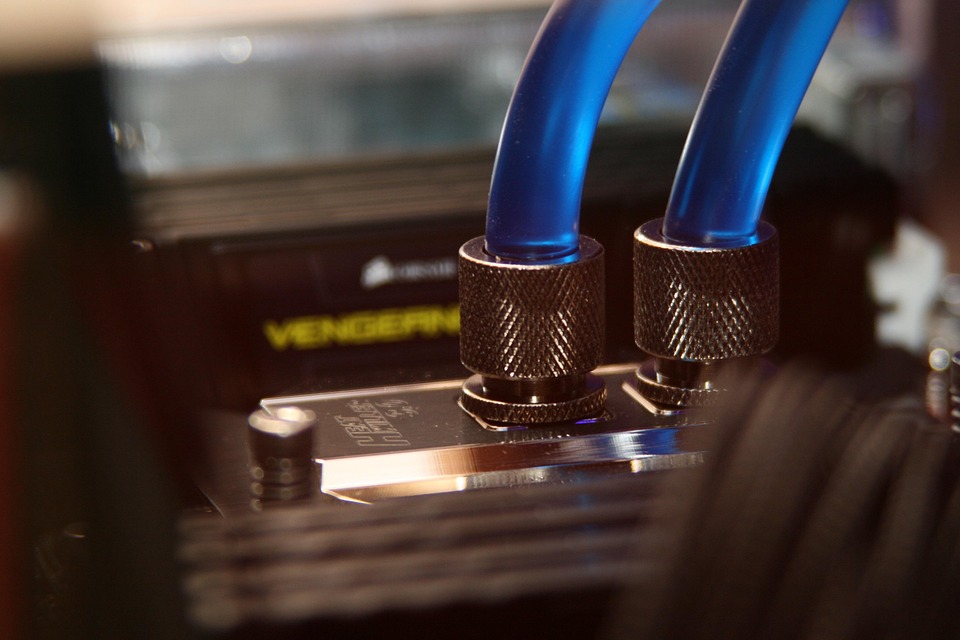Modding, short for modifying, is a creative way for gamers and developers alike to enhance or transform their favorite games. Whether you want to tweak a game’s interface, change its visuals, or create entirely new content, modding offers endless possibilities. However, stepping into the modding world can be daunting for beginners. Fear not! This article serves as a guide to help you transition from a novice to a pro modder.
Understanding Modding
What is Modding?
Modding refers to altering a game’s original content, either to fix issues, enhance gameplay, or add new features. Mods can be simple, like changing graphics or adjusting character stats, or complex, such as creating new storylines and quests. Different games have varying levels of modding support; some encourage it, while others have strict guidelines.
Why Mod?
- Creativity: Modding allows you to express your creativity by redesigning environments, characters, and gameplay mechanics.
- Community: Engaging with other modders and gamers can foster a sense of belonging.
- Skills Development: Modding can help you acquire valuable skills in programming, graphic design, and project management.
Getting Started
Step 1: Choose Your Game
Not all games are created equal when it comes to modding. Make sure to start with a title that has a supportive modding community and available tools. Some popular choices include:
- Minecraft
- Skyrim
- The Sims
- Grand Theft Auto V
- Fallout series
Before diving in, see if the game has a dedicated modding wiki or forums.
Step 2: Research Tools and Resources
Identify the tools you’ll need to start modding your chosen game. Common tools include:
- Modding Kits: Many games offer their own modding kits (e.g., the Creation Kit for Skyrim).
- 3D Modeling Software: Tools like Blender or 3ds Max can help you create custom 3D assets.
- Text Editors: For scripting, a good text editor (like Notepad++ or Visual Studio Code) is essential.
- Game-Specific Utilities: Check for utilities tailored to your game, such as asset extractors or converters.
Step 3: Learn the Basics
Start with small, manageable mods to grasp the fundamentals. Follow tutorials, which can be found on platforms like YouTube, forum threads, or dedicated modding websites. Don’t rush; take your time to understand the tools and language used by your chosen game.
Step 4: Join the Community
Engage with the modding community online. Popular forums, subreddits, and Discord groups can be invaluable resources. They offer support, constructive criticism, and a wealth of knowledge from experienced modders. Share your work, ask for feedback, and participate in discussions to expand your understanding.
Progressing to Intermediate Mods
Step 5: Experimentation
Once you have a good grasp of the basics, start experimenting with more advanced concepts. Try to create unique assets, build new features, or even modify existing quests. Document what you learn and keep track of your progress.
Step 6: Modding Ethics
Understand the ethical implications of modding. Always respect the intellectual property of original creators. When using assets or modifying other mods, credit the original authors and follow any guidelines they have established.
Step 7: Publish Your Mods
As you develop confidence, consider publishing your mods on platforms like Nexus Mods, ModDB, or Steam Workshop. Make sure to include clear installation instructions and details about what your mod changes.
Mastering the Craft
Step 8: Advanced Skills Development
Once you’re comfortable with basic and intermediate mods, dive deeper. Learn programming languages relevant to your game, explore complex modeling, or even experiment with new gameplay mechanics. Consider collaborating with others to broaden your skill set.
Step 9: Create a Portfolio
Build a portfolio showcasing your best mods. This can be a blog, a YouTube channel, or a section in modding communities where you can share your work. A portfolio not only displays your skills but also attracts potential collaborators or employers if you aim to delve into game development professionally.
Step 10: Keep Learning
The world of modding is constantly evolving. Stay updated with new tools, techniques, and trends by participating in workshops or online courses. Engage in continuous learning to refine your craft and push the boundaries of your creative endeavors.
Conclusion
Transitioning from a novice to a pro modder takes time, patience, and dedication. By starting simple, immersing yourself in the community, and continuously honing your skills, you’ll find immense satisfaction in transforming games and creating unique experiences for yourself and others. Your journey in modding can be a rewarding adventure—embrace the challenge and enjoy the process. Happy modding!


